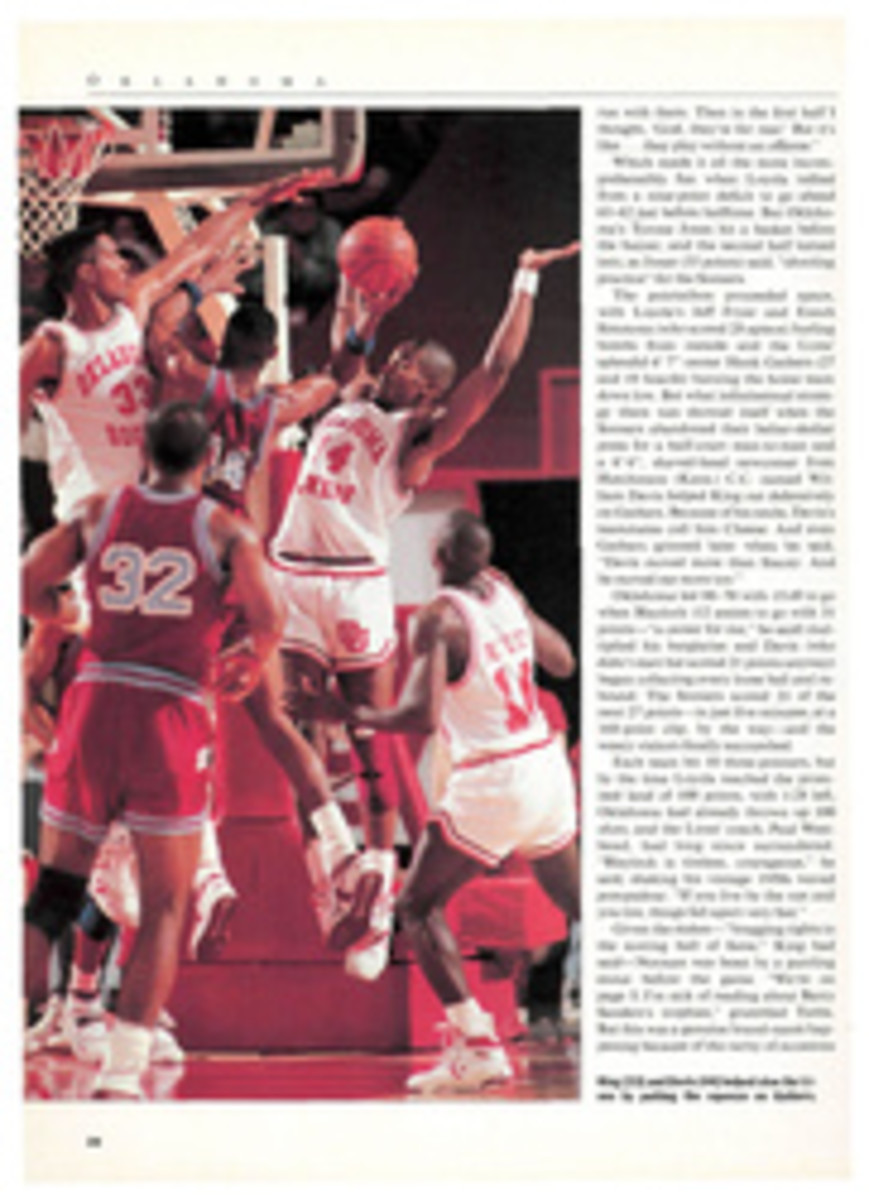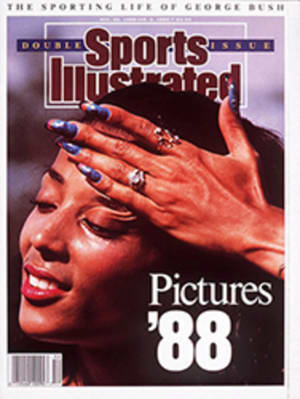
A FRESH LOOK AT THE BABE
There have been many accounts of Babe Ruth's boisterous 53 years. The latest, and perhaps the most unusual, is The Babe: A Life in Pictures (Ticknor & Fields, $40). It is a pictorial biography that accomplishes the rare feat of imparting a genuine feeling for a man's soul. After examining the more than 350 photos that compose The Babe, one can't avoid the notion that this was a person who gave more happiness to others than he found for himself.
The Babe is the result of the collaborative efforts of writer Lawrence S. Ritter and Mark Rucker, picture editor of The National Pastime, a baseball history magazine. While Ritter's prose reads smoothly, it quite properly makes no attempt to carry the book. It is Rucker who has unearthed what the book's title promises, the story of a notable man's life through photographs.
Rucker, who is also an accomplished painter, says he "wanted to give people different views of Babe from what they were accustomed to seeing," and he succeeded to an extent that will dazzle the most jaded Ruthite—Rucker estimates that some 280 of the photographs included have never been published before. In gathering this trove, he visited libraries and historical societies, and he went so far as to get in touch with newspapers in towns where the Babe had appeared in the off-season.
At The Bettmann Archive in New York City, a four-foot-high stack of photographs was placed in front of him. From sports memorabilia collector Barry Halper of New Jersey came many of the advertisements, magazine covers and baseball cards that appear in the book's 16-page four-color section. From the office wall of Paul Mac Farlane, recently retired historian of The Sporting News, came a previously unpublished photograph of Ruth standing with a friend at St. Mary's Industrial School for Boys in Baltimore, where Ruth's saloon-keeper father had committed his unruly young son. A clever Christmas card sent by Ruth in 1931 was found in the collection of John Thorn, editor of The National Pastime.
In the early 1980s, Rucker read a story in The Sporting News about a spectator who had filmed the Babe's much-debated "Called Shot" home run off Charlie Root in the 1932 World Series. As a result of some negotiations over the phone, Rucker persuaded Kirk Kandle to let him print two photographs taken from his great-grandfather Matt Kandle's 16-mm home movie. "The prints don't prove anything," says Rucker, "but they keep the myth alive. You can't tell what he's pointing at, but obviously he did point."
Rucker organizes his pictures chronologically, which allows the reader to watch the Babe grow. There's a striking photograph of a teenage Ruth crouching at shortstop for St. Mary's. Instead of the more familiar potbellied Babe, here we see the lean and muscular young man.
As we follow him from the Baltimore Orioles to the Red Sox to the Yankees, he becomes the consummate Babe: an adored innocent. And it's all there for us to see, because Ruth wasn't shy in front of a camera. "He would pose for anything," says Rucker. "He was a ham. If, as some primitive tribes believed, part of your life is lost every time a picture is made of you, it's no wonder he died young."
By the time we see Ruth in his late 30's, with his second wife, Claire, the ebullient youth has been substantially transformed. Now he looks meek, almost servile. As a tired Boston Brave and a bloated Dodger coach, he is simply glum.
Perhaps the most moving shot of all is Nat Fein's New York Herald-Tribune photograph of Ruth, desperately ill with throat cancer, in his pinstripes one last time to hear the cheers at an Old-Timers' Day in Yankee Stadium.
Many years after Ruth died in 1948, Yankee pitcher Waite Hoyt uttered a fitting epitaph: "God, we liked that big son of a bitch. He was a constant source of joy." In this book you see why.
PHOTO
THE SPORTING NEWS/TICKNOR & FIELDS, ©1988
Ruth plugs a cereal in one of the novel photos in "A Life in Pictures."

